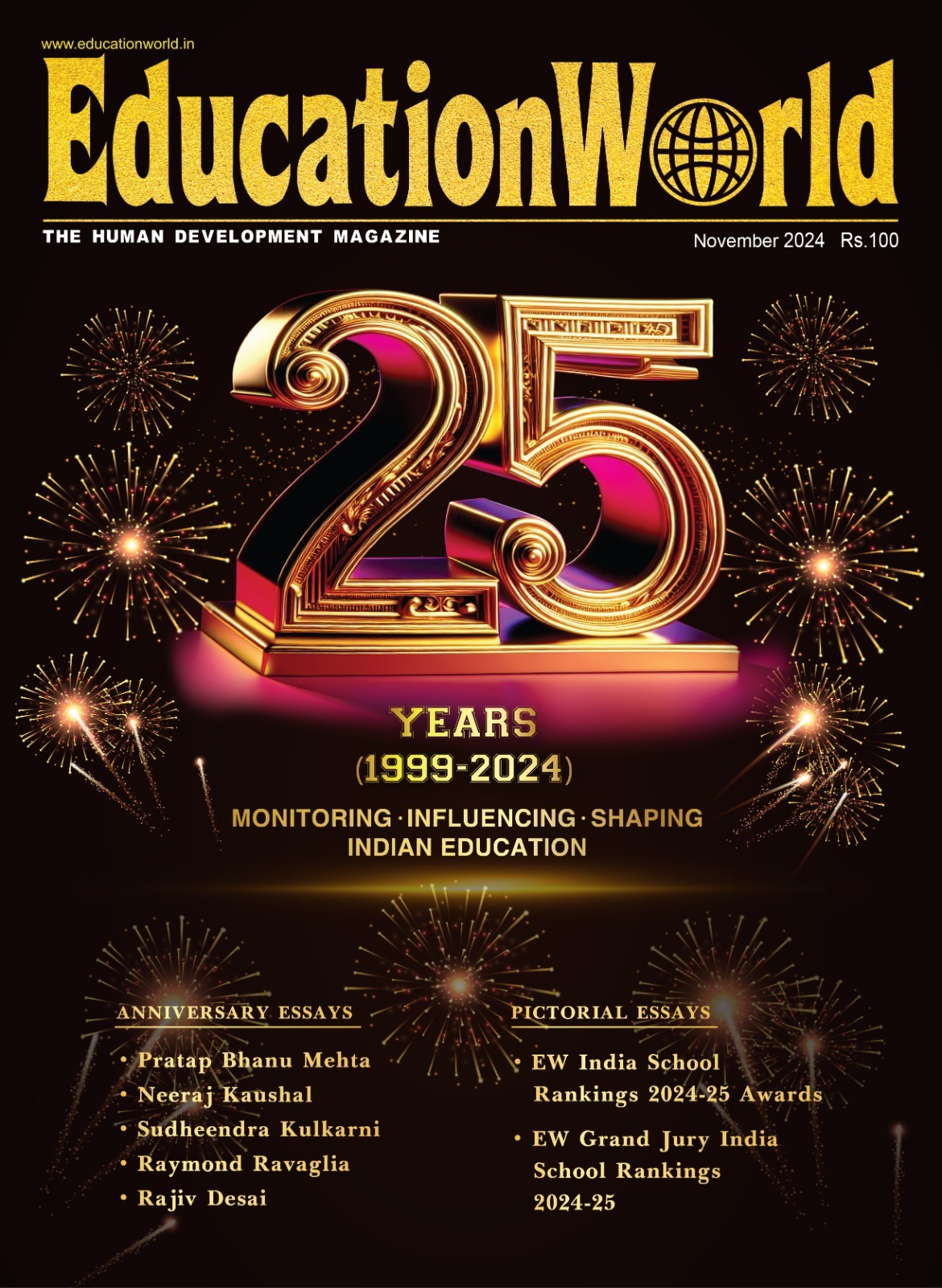Experiential Education
Importance of adventure learning Sudheendra SavanurIn my previous contributions to this page, I had discussed how to apply expeditionary learning all day long. In this contribution I propose to demo how adventure experiences can help schools to enhance student achievement while creating safe and caring environments.Adventure is a philosophy ‚ a set of values rather than a set of activities ‚ that honours the learning potential inherent in risk, challenge, and the unknown. Its implementation is as appropriate in an academic setting as it is in a physical activity, if the common goal is to increase students‚ ability to challenge themselves and work in groups. Adventure can happen in any environment that offers risk, challenge and surprise. Though adventure experiences can also be created in a safe environment, wilderness experiences can challenge students to reach deep within themselves and go beyond their perceived limits. Therefore adventure is central to expeditionary learning. But adventure driven expeditionary learning goes beyond outdoor education, high ropes courses and strenuous physical activity.For any school, the bottom line is student achievement. Standards-driven learning expeditions, however, are not enough to significantly raise achievement. Research indicates that one of the most important factors in attaining academic excellence is a caring and safe school environment. Adventure education has helped several schools create that culture. It teaches communication, teamwork, cooperation, trust, decision-making, and problem-solving in an atmosphere of fun and challenge. Adventure learning differs from traditional physical education programmes in that the teacher assumes a ‚Ëœfacilitative‚ rather than ‚Ëœactive‚ role. Students primarily learn from each other and the flow of activities is spontaneous and unpredictable. Team-building initiatives ‚ challenges that have unpredictable outcomes ‚ help to introduce elements of adventure into a class. Teachers should try to balance activities with individual skill-development such as juggling, skipping, pole climbing, etc. It is when students challenge themselves to master individual skills that their confidence grows and transfers to group activities. The physical facilities in your school may not accommodate the installation of high ropes or a climbing wall. Consequently, teachers and students have to fund adventure experiences at outdoor education facilities in surrounding areas offered by expert organisations. Plan for overnight camping and participate in a series of team-building and rope activities. Always plan a progression of activities back at school that will help students build on what they learn in the field. For teachers a stiff challenge will be to relinquish a directorial role and trust the adventure process. Allow for students to experience the positive outcomes that occur through natural group dynamics and allow them to struggle through their own learning. Try to move from a central, visible role to that of a supportive observer. As students gradually assume more responsibility for negotiating rules and resolving inclusion and safety issues, you‚ll see how it empowers them. If they can internalise this process in an activity setting, they are likely to apply it in academic settings as well. The way teachers model routines, procedures, and the adventure process, sends students strong messages about how they perceive their capacity to assume responsibility. If you assume an ‚Ëœenforcer‚ role, constantly reminding and reprimanding, then you teach students to rely on your influence. Do more waiting for students than you would like to admit, but view the waiting period as an opportunity for leadership to emerge from within groups. Debriefing, and guided reflection are essential parts of the adventure process. Debriefings are purposeful discussions that focus on the transfer of learning to real-world situations. Often stop an activity and ask students to reflect and discuss their interactions before resuming play. Ask them some open-ended questions. Did you feel included and safe? Were design principles evident in our interactions? How can we apply what we learned from this activity in the classroom, at home, and in our neighborhoods? Try to help the group infer its own lessons from experience rather than teach them your lessons. This can be a real challenge when students don‚t see and understand what is so clear to you. Likewise Team Workouts (TW) have been extremely effective in making students aware of how design principles can be part of physical education. In TW, each team of six to eight students receives a list of exercises. The team selects an organiser who is responsible for facilitating team decisions. Include a list of praise phrases on the back of the workout sheet, and each student directs praise phrases to teammates during TW. Sharing a high five, a smile, and a praise phrase or appreciation with each student in the class strengthens community bonding. Each team‚s workout culminates in a final huddle and a symbolic cheer or celebration of the team‚s accomplishments. I have learned from my own experience in wilderness courses and from observation that if students can honour behaviour and safety norms while participating in physical challenges, they will be more likely to nurture the emotional safety necessary for intellectual risk-taking in classrooms. This strengthens character and translates into greater achievement for all students ‚ on playing fields and in the classroom.(Sudheendra Savanur is a Bangalore-based behavioural scientist and education consultant. E-mail: [email protected])
















Add comment